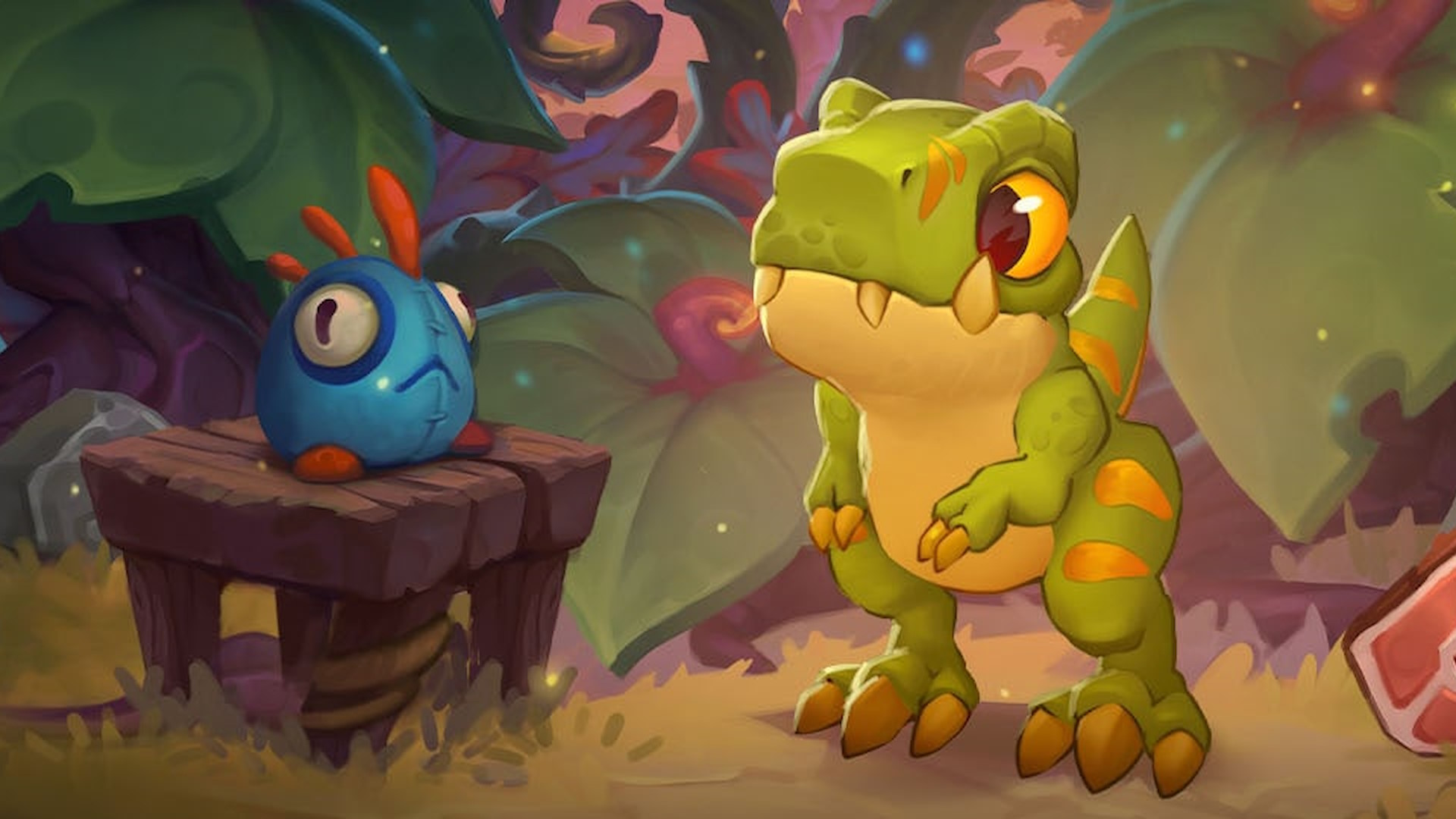
At least we're not dealing with THAC0.
Dungeons & Dragons 5th edition, the tabletop ruleset which forms the bones of Baldur’s Gate 3, is mostly straightforward. Gone are the days of adding double-digit bonuses to every roll—you roll one die, you add an attribute to it, you sometimes add proficiency bonus, and in rare cases you add that proficiency bonus twice.
But its annoying linguistic relic, spell slots, has plagued even Larian Studios CEO and Founder Swen Vincke, according to a recent interview with D&D’s video producer and go-to interviewer Todd Kenreck. The subject comes up when they’re discussing Vincke’s dislike of bards—Kenreck asks Vincke what class he actually likes, and he answers “Wizards, always a wizard.”
This came with a caveat, though. “I hate the spell slots system, alright? I mean, my lead gameplay programmer had to explain to a really competent engineer—who has a PHD—what spell slots are. For an hour!”
Spell slots are “a bit complex,” agrees Kenreck, doing an interview on Dungeons & Dragons’ official channel. “When I was teaching my wife D&D it came up, and I was like, ‘this is really hard to explain’.”
Luckily, Baldur’s Gate 3 is a video game, so its UI will often handle explaining things for you. If you can cast a spell, you can cast it. You never have to think about the rule implications behind the words ‘spell slots’—but if you’re hitting the pen and paper, then yeah, you need to fully understand how they work. Truthfully, I can see how even someone with a doctorate might be thrown through a loop.
You might hear the words spell slots and think, “ah, that is where I put my chosen spells”, like equipment slots in other RPGs. This is a completely reasonable assumption, and it is also super wrong. Spell slots are more accurately described as “spell power charges” or something—any spellcaster in D&D gets a certain amount of them, burning them to cast magic. If you have four spell slots, you can cast the same spell with them four times.
To confuse things further, spell slots have levels, from one to nine. Spells also have levels from one to nine. To cast a spell, you need to use a spell slot equal to that spell’s level or higher. You can also have multiple spell slots of certain levels. This leads to sentences like: “To cast a first level spell, you need to use one of your four first level spell slots, unless you have a slot that’s higher—so you could also cast a first level spell with a second level spell slot, which you have two of.”
While this explanation is rules-accurate, it’s utterly cursed. Read it out loud, see if it makes any sense. Granted, there are simpler ways you could phrase it—but if you’re trying to give an off-the-cuff tutorial to a new player, it’s utter word salad. They’d be forgiven for thinking you were speaking in mathematical tongues.
Once the information’s downloaded it’s pretty simple, as Vincke concludes: “When you get it, it’s straightforward, it’s just hard to explain.” But by Mystra, why do we have to go through hell to get there?



